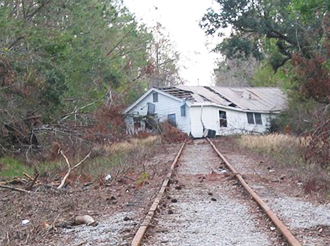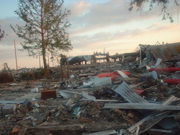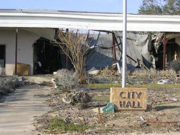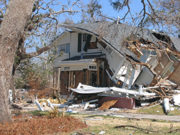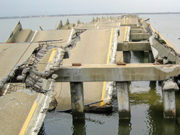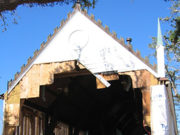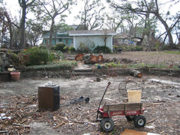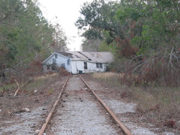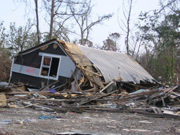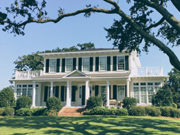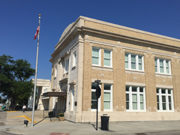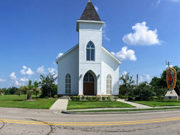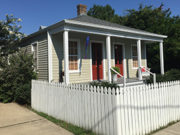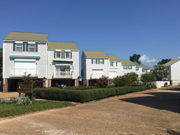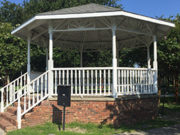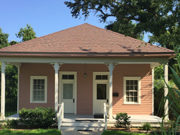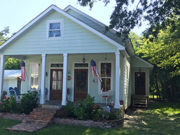Just a few short days after Hurricane Katrina roared ashore on August 29, 2005, I arrived in Pass Christian, MS, to volunteer with relief efforts. After living in a tent there and volunteering for a year, I am particularly attached to “The Pass,” a quaint, beachfront town.
I recently had the opportunity to return and view the progress made since being there last in late 2006.
In the wake of America’s largest natural disaster, I spent most my time on the Gulf in 2005 and 2006, helping address short- and long-term housing needs, interacting with local and federal government officials, and helping a community rebuild (all while living and helping manage a tent city constructed by the Navy Seabees).
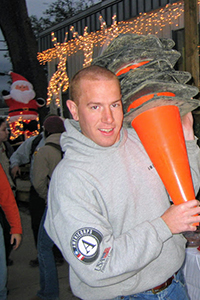
Christmas season – 2005 while volunteering at the “Christmas in the Pass” celebration
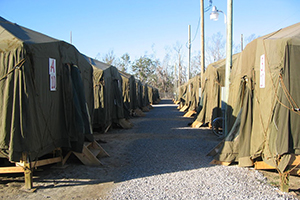
Photo of temporary housing constructed by the Navy Seabees in Pass Christian, MS
Without question, my experience in Pass Christian benefits my work today at Travois to help our clients secure financial resources to rehabilitate and build quality, affordable housing in Native American communities.
While New Orleans received much of the media attention following Katrina, Pass Christian bore the brunt of the storm. The 28-foot storm surge crushed the peninsula where the city sits from all directions, destroying every governmental and civic building except one, buckling major transportation and economic thoroughfares, and decimating the local harbor and employment centers.
Check out some pictures of my time in Pass Christian immediately after Katrina for a sense of the damage inflicted on this small town.
In the process, 90 percent of the homes suffered major damage or were completely destroyed. Of the 10 percent that were not destroyed, a subdivision called Camille Village sticks out in my mind.
Within a year and a half after flood water went over the roofs of more than 80 homes in the subdivision, the community and its residents benefitted from Low Income Housing Tax Credits (LIHTCs), using someone else’s money to restore the homes.
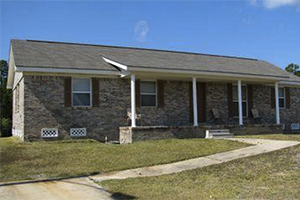
This same tool is used to build new homes (or completely rehabilitate existing homes) in Indian Country. See a map of our clients’ developments here.
More than anything else, my trip to Pass Christian reminded me that regardless of how daunting the housing needs may be for a community, resiliency, foresight and collaboration can lead to impressive outcomes.
Fortunately, I see those characteristics in every client we work with in Indian Country and look forward to the outcomes that can be achieved together.
For a sense of how Pass Christian has rebounded using tools like the Low Income Housing Tax Credit program and the Affordable Housing Program, check out the gallery below.


